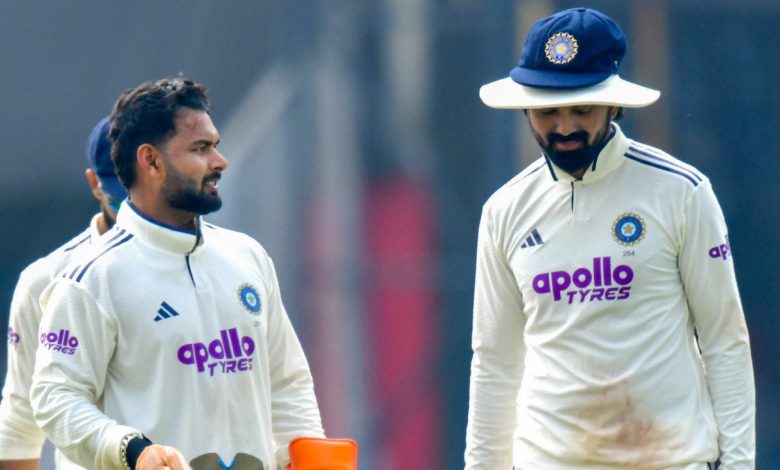South Africa 1-0 India? Why a draw is likely in Guwahati Test

At different points of the last two days in Guwahati, the second Test between India and South Africa looked like a contest swinging between two extremes. First, India had the visitors on the ropes at 247 for 6. Then, suddenly, the game slipped away, not through top-order domination, but through defiance from the tail.
In a matter of hours, South Africa did not just recover. They built a mountain.
The damage was caused largely by Senuran Muthusamy and Marco Jansen. Muthusamy’s maiden Test century and Jansen’s fighting 93 turned a vulnerable position into a formidable 489. From a potential 350 to 375, South Africa pushed India into a space where the match no longer feels winnable through normal means. It now feels like a survival exercise rather than a shootout.
And therein lies the heart of why this Test is drifting towards a draw.
IT’S DO OR DIE
It is not impossible for India to still force a result. On a surface built for batting, a long first-innings effort, a quick South African collapse, and a final-day chase do exist as theoretical outcomes.
In reality, however, those scenarios sit well beyond probability.
While Test cricket has a habit of surprising, the conditions in Guwahati and the time already lost heavily restrict India’s options. On a pitch that has offered very little to bowlers, the most realistic result is a draw. The only alternative is a surprise South African win, if the surface unexpectedly deteriorates.
Even on a wicket Kuldeep Yadav described as “like a road,” India’s route to victory is layered with complications. To force a result, the hosts must first bat long enough to wipe out the massive deficit. They must then bowl South Africa out quickly, and finally chase or defend a target in a shrinking time window. This is not only about skill. It is about precision, timing and flawless execution across every session.
India’s batters now find themselves in a unique situation where time at the crease may matter more than runs. To even keep the series-levelling dream alive, they must bat deep into Day 4 and possibly part of Day 5, before thinking about pushing for a result. Anything less, and overs will disappear faster than wickets.
RACE AGAINST TIME
Overs are already vanishing from the match. With delays and slow over rates, an average of 10 to 11 overs has been lost per day in Guwahati. Across a five-day Test, that works out to roughly 50 to 55 overs gone, nearly two full sessions erased. By realistic calculation, the equivalent of two days and two sessions from the match have already drifted away.
So, has South Africa eliminated one of the three possible results?
Arguably, yes. Their lower order may not have secured a win, but they have almost certainly ruled out a defeat. With such a huge total on the board and time draining fast, the Proteas have removed the immediate threat of collapse. At worst, they are chasing a draw. At best, they might yet force a victory if India stumble.
For India, the implications stretch beyond this series. A home Test series defeat would complicate their World Test Championship calculations significantly. These are the conditions in which the hosts are expected to collect points. Falling short here means India must make up lost ground against equally strong opponents like Australia and New Zealand later in the cycle. There are no easy fixtures waiting.
There is also history in the background.
South Africa have not won a Test series in India for nearly 25 years. In Guwahati, a draw may not look like glory, but it is all that stands between them and history. By simply avoiding defeat here, they preserve a 1-0 lead and move closer to a rare, defining achievement on Indian soil.
In the end, this Test is not shaping up to be decided by last-over drama or dramatic collapses. It is turning into a battle against time itself.
– Ends
Published By:
Saurabh Kumar
Published On:
Nov 24, 2025





